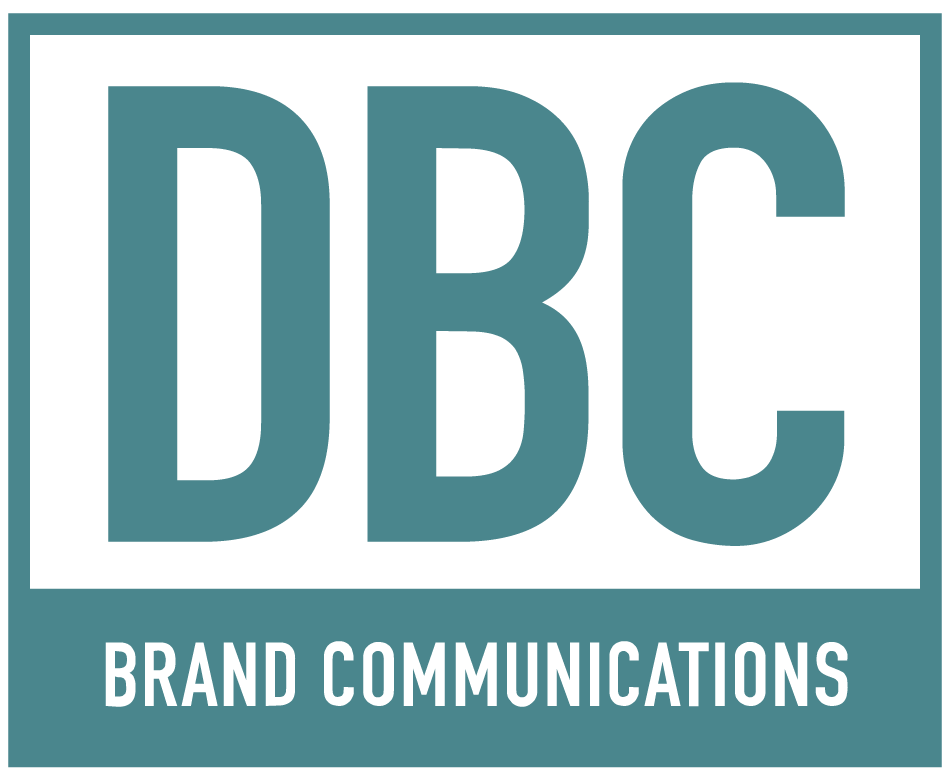2024 was a year of transformational change for the television industry. In this special four part series, DBC Brand Communications and Jon Lafayette, former Business Editor at Broadcasting & Cable, look at what lies ahead for Broadcast Linear TV, Cable TV, Streaming and CTV. Here, a look at The Future of Cable TV.
Cable TV has a dim future, and it is the industry’s own fault.
Consumers hate cable companies. The stories about trying to cancel service only to be stymied by customer service reps are legendary. Cable operators were monopolists who resisted regulation and refused to deal with the press, which resulted in news coverage that only described outages, rate increases and the occasional porn film showing up unexpectedly on screen in consumers’ homes.
Good riddance, say long-suffering cable customers only too happy to cut the cord. Even cable giant Comcast is looking to get out of the cable network business, spinning its loser channels off its balance sheet so the rest of the company can show growth to investors.
Somehow, the cable industry gave America the bundle, a package of news, information and sport that for decades was unrivaled in its quality and variety. For what now appears to be a reasonable price, there were myriad channels (the number depends on whether you listen to Bruce Springsteen or John Malone) and some great shows on them, from Sunday Night Football to The Situation Room to Mad Men and The Americans.
Because it was cable, people complained about the bundle. It was too expensive (rates continued to rise) and there was a demand for ordering channels a la carte, as a way to save money (the economics wouldn’t work for consumers or programmers) and keep unwanted programmingout of the living room.
The bundle worked because everyone paid for all of the channels, whether they watched them or not. This was good for advertisers, too, creating reach.
But programmers and operators got greedy. Cable networks produced profit margins of more than 40% and Wall Street expected them to rise. Operators passed the growing cost of cable networks along to consumers. Operators also resisted paying broadcasters for their signals. As an alternative, more channels that people didn’t want to watch or pay for were added to program guides, further raising prices for consumers. Finally local TV stations won the battle with cable and started getting retransmission payments, which grew and grew, creating even more sticker shock for cable subscribers.
It’s not surprising that when Netflix offered its streaming service for $7.99 a month and The Walt Disney Co. rolled out Disney Plus at $6.99 a month, consumers jumped to the new, more flexible product. As programmers licensed popular shows to Netflix, the exodus accelerated, and now streaming’s share of TV usage exceeds cable and broadcast combined.
The news won’t get better for cable TV. Disney is working on launching a streaming version of its ESPN flagship in 2025. Sports fans, the most dedicated pay-TV subscribers, will be able to call time out and head for the exit. Eventually the other live programming keeping viewers tied to the bundle–news networks–will be available via streaming. Even the Hallmark Channel, a top rated cable network, Christmas season or not–is launching a streaming service. Is streaming a good business? Netflix is making money. Most of the others are still swimming in red ink.
There’s not a lot of original entertainment left on cable. Kinds don’t want MTV. They’ve got TikTok.
Much of what people now can watch on cable has been recreated by free platforms like Roku, Tubi, Pluto TV and ad-supported streaming TV (FAST) channels. When and if streaming measurement issues are worked out, enabling ad buyers and marketers to plan campaigns and evaluate their results, streaming promises better targeting, addressability, and interactivity than the cable industry said was on the agenda, but was never able to muster.
That means cable TV will dry up and fade away in the not-too-distant future. Indeed, some cable operators have stopped pushing cable TV, offering video via streaming instead. Having killed one golden goose, the cable industry has stumbled onto another. The industry has become the biggest provider of the broadband that brings streaming video into homes. That’s a high profit margin business without the headaches of channel blackouts and unmanageable price increases.
The Cable Guy is now the broadband guy, the connectivity guy. But with prices for video streaming services ratcheting upwards, consumers may miss the bundle when it’s gone.

Jon is the former business editor of Broadcasting+Cable since 2010. Before B+C, Jon covered the industry for TVWeek, Cable World, Electronic Media, Advertising Age and The New York Post. A native New Yorker, Jon is hiding in plain sight in the suburbs of Chicago.
